
Managing Diabetes in Dogs: Diet, Monitoring, and Care
As a board-certified veterinary nutritionist and diabetes educator, I’ve supported dozen...
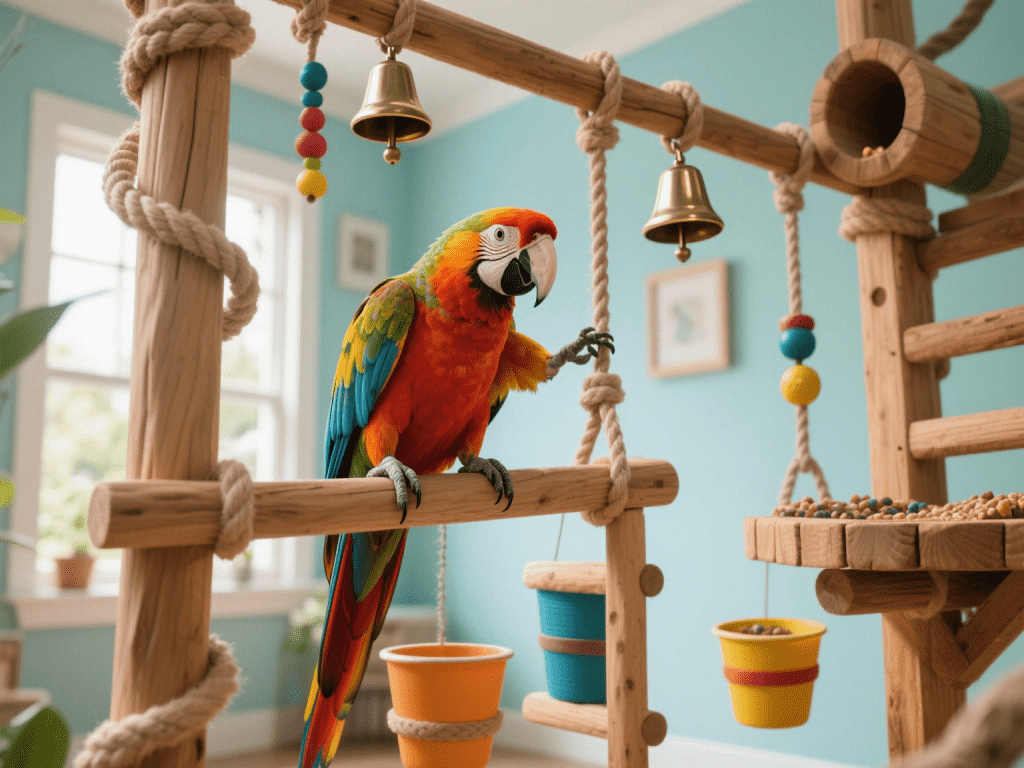
As an avian enthusiast with over a decade of sanctuary work, I’ve learned that mental stimulation is just as vital as nutrition for pet birds. Yet many specialized toys can be pricey. In this guide, I’ll show you how to craft an engaging playground from everyday materials—without breaking the bank—so your feathered friend stays curious, active, and content.
Prevents Boredom Behaviors: Lack of challenge often leads to screaming, feather plucking, or aggression.
Builds Confidence: Novel puzzles and textures encourage exploration and learning.
Strengthens Bond: Interactive play sessions foster trust and communication.
Assess Your Bird’s Needs:
Parrots love climbing; smaller budgies enjoy tunnels and swings.
Note chewing habits: choose materials safe for powerful beaks.
Measure Your Space:
Ensure the play area leaves room for flight within cage or on a play stand.
Gather Materials:
Wooden dowels, cardboard tubes, untreated wood blocks
Non‑toxic rope, stainless‑steel clips, jute or sisal fibers
Safe hardware (S‑hooks, quick links)
Materials: Muffin tin, colorful paper cups, bird‑safe treats.
Build: Attach tin to cage bars; hide bits of chopped veggies or seeds in each cup.
Materials: Sisal rope, wooden dowels, small bird bells.
Build: Tie rope between two dowels to form rungs; hang bells at various heights for auditory stimulation.
Materials: Clean toilet‑paper rolls, non‑toxic glue, bird‑safe paint scraps.
Build: Glue rolls end‑to‑end into a winding tunnel; hang horizontally or drape vertically for climbing.
Materials: Small wooden box with sliding lid, treat-sized holes cut into sides.
Build: Place treats inside; your bird must slide or tip the box to retrieve snacks.
Materials: Wooden perch, small unbreakable bird mirror, stainless clip.
Build: Mount perch through mirror frame; the slight motion engages birds who enjoy self‑interaction.
Secure Anchoring: Use quick‑links and sturdy S‑hooks rated for your bird’s weight.
Regular Inspection: Check for frayed rope or loose glue; replace components monthly.
Rotate Stations: Swap out or rearrange elements weekly to maintain novelty.
Guided Play Sessions: Show your bird how to use each station, then step back.
Positive Reinforcement: Praise or offer a favorite treat when your bird interacts successfully.
Observation & Adjustment: If a station goes unused after two weeks, modify its design or location.
With simple supplies and a little creativity, you can build a dynamic, budget‑friendly enrichment playground that keeps your bird’s mind sharp and spirits high. Regular play and exploration not only stave off unwanted behaviors but deepen the joyful partnership you share.

As a board-certified veterinary nutritionist and diabetes educator, I’ve supported dozen...
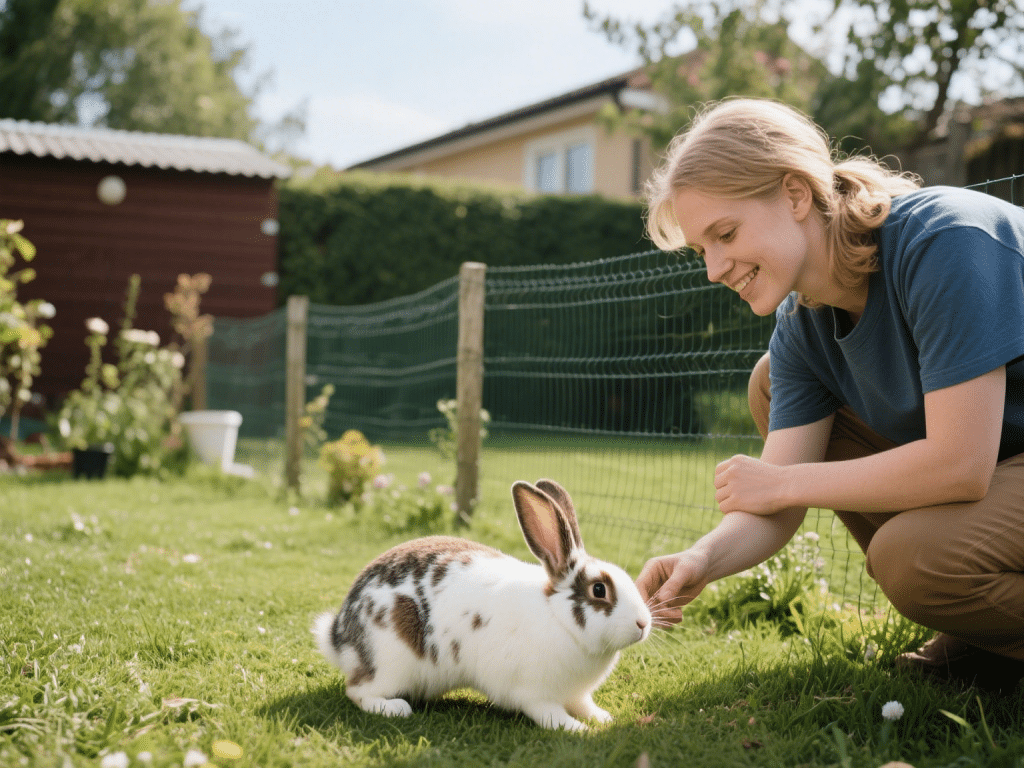
Rabbits are prone to weight gain when fed unlimited pellets and housed without adequate sp...
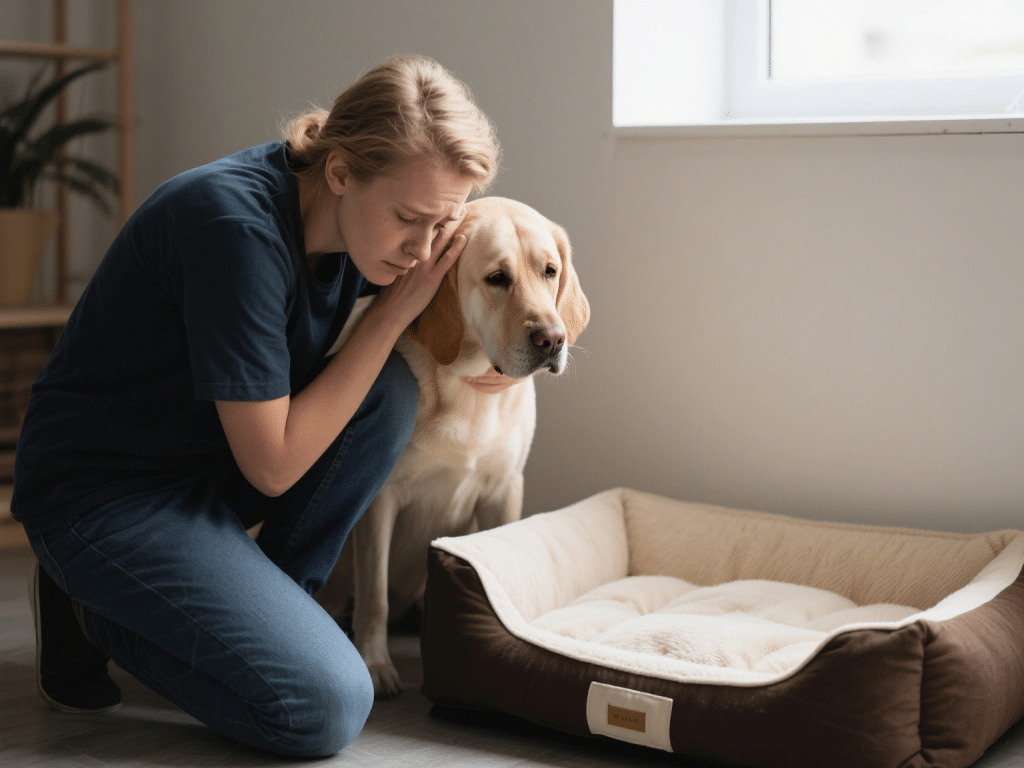
IntroductionThe loss of a household pet can be emotionally taxing not only for humans but ...
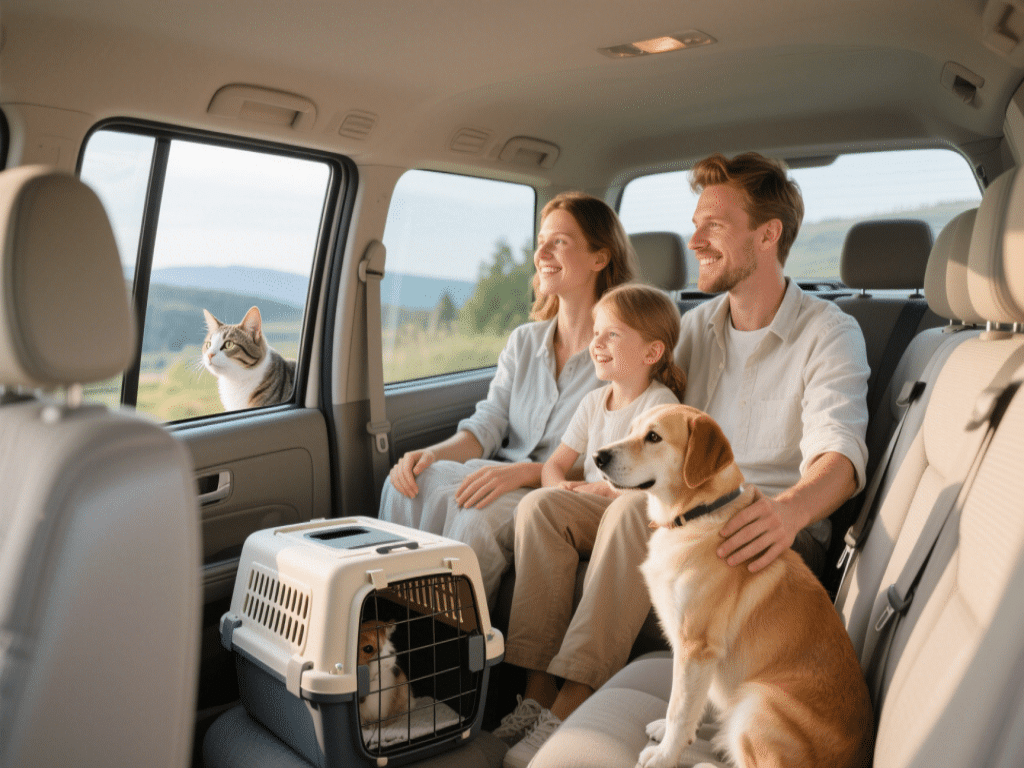
IntroductionTraveling with pets requires careful planning, whether you’re driving cross-...
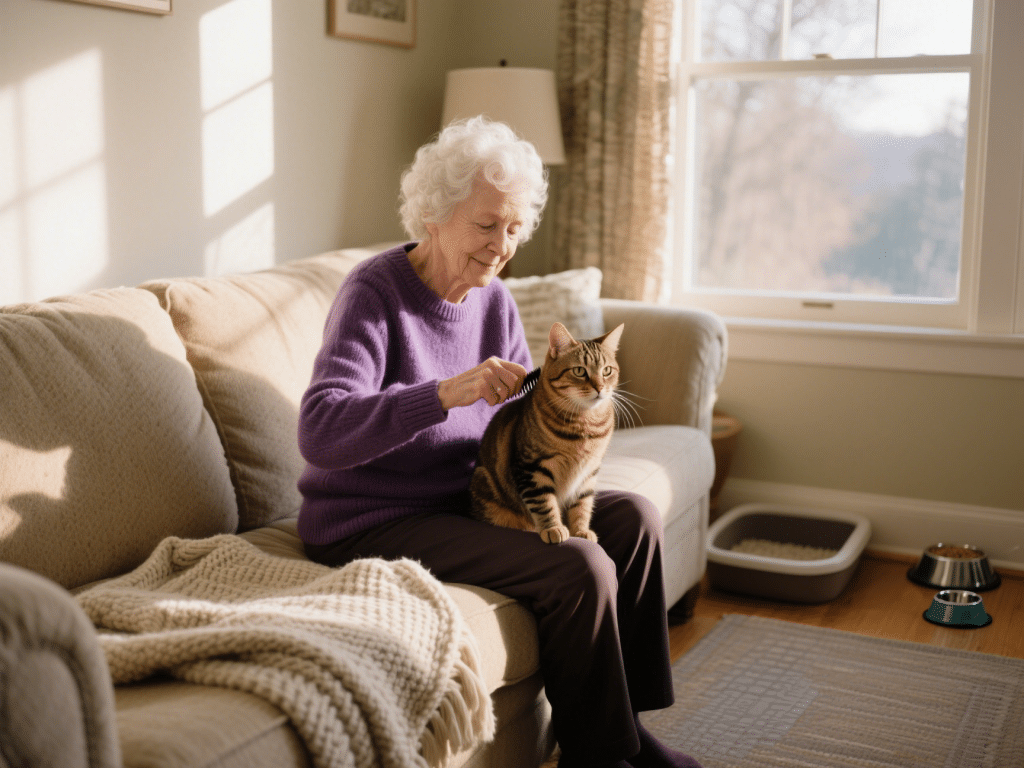
Caring for Senior Cats: Tips for a Happy Golden AgeCats are generally considered “senior...

Cats thrive on balanced nutrition, and while commercial treats can be convenient, making y...
Comments on "Creating a Budget‑Friendly Avian Enrichment Playground" :